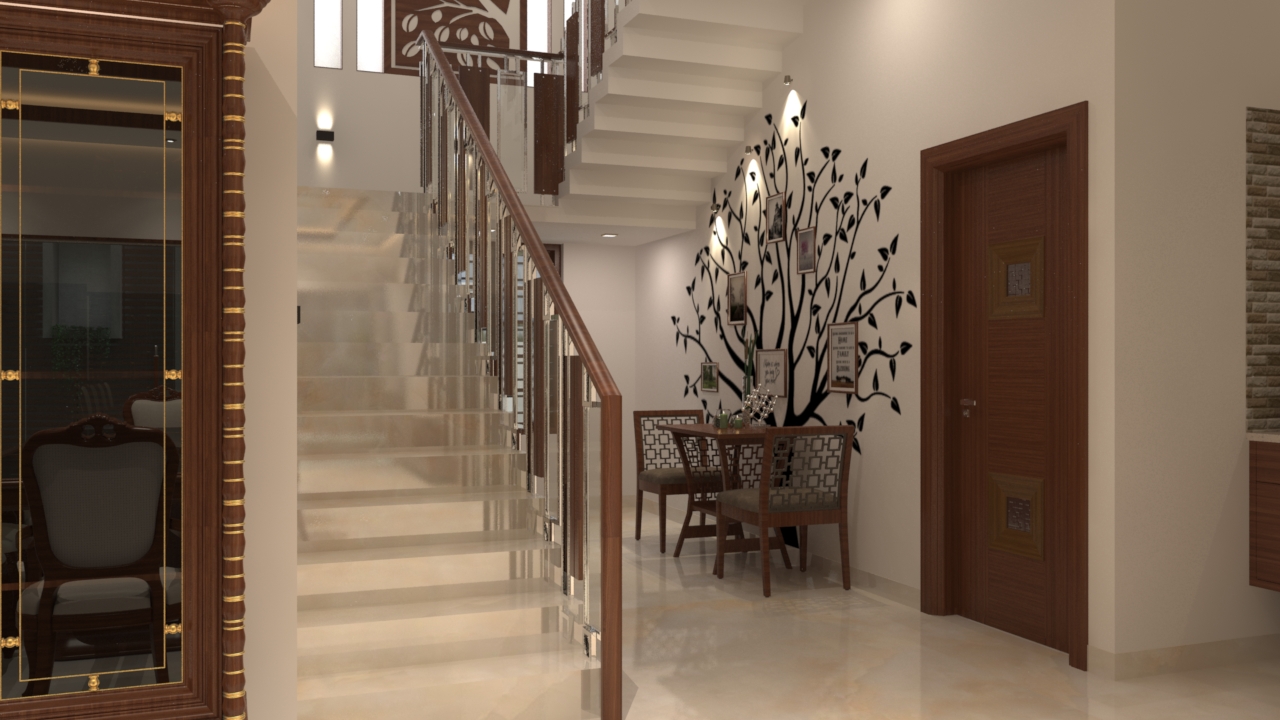When computer-generated objects tend to move in three dimensions, this is known as 3D animation. Objects can be shifted and rotated in 3D animation using the same concepts as in real life. Computer animation is a two-dimensional moving image that represents three dimensions using 3D computer graphics. 3D animation is used in a wide range of fields, including gaming and medicine, and is widely used for presentations and advertisements in all industries. Let’s take a closer look at what 3D animation is, where it comes from, and what it’s used for to better understand it.
When you have 3D animation on your hand, your creativity knows no limits. You can create almost anything to present your ideas in the way you want for the purpose of teaching, entertaining, or persuading others. Because of this one-of-a-kind capability, 3D animation design is the most common among businesses all over the world. At MAS Design Media, we can provide high-quality 3D animation services for cartoons, characters, logos, and goods, among other things.
We have a high degree of experience that allows us to provide every possible 3D animation solution for our customers, and we do so flawlessly. Our graphic design services are thorough and accurate.











